Cotton candy is a popular sweet at fairs and parties. If you have a dog, you may be wondering if it is safe for them to eat.
Dogs should not eat cotton candy. It is made almost entirely of sugar and has no nutritional value. Some sugar-free cotton candy may contain xylitol, which is extremely dangerous for dogs even in small amounts. If you think your dog has eaten xylitol, contact your veterinarian or a poison control hotline right away.
Why this guide matters
If you’re like me, you love your dog and you probably love fairs and carnivals too—especially that sweet, fluffy cotton candy. It’s only natural to wonder if sharing a little bit is safe. In my experience, sugary and sugar-free treats can cause all sorts of problems for dogs, from upset stomachs and extra pounds to more serious health issues.
This guide will walk you through what you need to know, with advice you can trust. I’ve gathered information from trusted veterinary sources and included a simple emergency plan, so you’ll know exactly what to do if your dog gets into cotton candy.
What Is Cotton Candy, Really?
The classic version
Traditional cotton candy is just granulated sugar and flavoring spun into thin threads. It has no fiber, protein, or vitamins, only sugar. Dogs need food and treats with real nutrients, so cotton candy is not a good option.
The “sugar-free” twist
Some versions use artificial sweeteners instead of sugar. If the cotton candy has xylitol, also called birch sugar or wood sugar, it is very dangerous for dogs. Xylitol can cause a big drop in blood sugar and may harm the liver. If you are not sure the cotton candy is free of xylitol, do not give it to your dog.
Is Cotton Candy Toxic to Dogs?
Traditional (sugar-based) cotton candy
Plain cotton candy made with just sugar is not toxic to dogs like grapes or chocolate, but it is still not safe. Eating it can make dogs vomit or have diarrhea, and the extra sugar can lead to weight gain over time. If a dog eats too many calories, it can become overweight, which makes problems like arthritis and diabetes worse.
Sugar-free cotton candy and xylitol
Xylitol is the critical danger. In dogs, doses above ~100 mg/kg (about 45 mg/lb) are linked to hypoglycemia, and around >500 mg/kg (about 227 mg/lb) can lead to acute liver injury. Signs may appear within 10–60 minutes for hypoglycemia and 24–48 hours for liver trouble. Bottom line: xylitol exposures are emergencies.
Veterinary note: The FDA’s veterinarian Dr. Martine Hartogensis advises, “Check the label for xylitol in the ingredients of products, especially ones that advertise as sugar-free or low sugar.”
Real-World Risks You Might Not Expect
Hidden xylitol in “fun foods”
Xylitol is found in gums, mints, baked goods, syrups, toothpaste, mouthwash, chewable vitamins, some nut butters, and sometimes in newer sugar-free desserts. If you see a sugar-free label on cotton candy or other fair foods, check the ingredients list.
Wrappers and sticks
Dogs may eat not just the treat, but also the plastic bag, paper cone, or stick. Swallowing these can cause choking or a blockage in the digestive tract. This is another reason to keep cotton candy and its packaging away from dogs.
What Happens If My Dog Eats Cotton Candy?
If your dog gets into a little bit of cotton candy by accident:
- Keep an eye out for signs like vomiting, diarrhea, drooling a lot, acting tired, or having trouble breathing.
- Call your vet right away if your dog seems to get worse or if you think the cotton candy had xylitol in it.
Most dogs are okay after eating a small amount, but it is not safe to give them cotton candy on purpose or often. Always look at the ingredients, since even sugar-free cotton candy can be harmful.
Safe and Healthy Alternatives to Cotton Candy Treats
If you want to skip the cotton candy, there are plenty of treats that are much better for your dog’s health. Here are a few ideas to try:
- Commercial dog treats: Choose ones that are low in sugar and made with natural ingredients.
- Fresh fruits and veggies: Try giving small pieces of carrot, seedless apple, blueberries, or green beans.
- Dental chews or bully sticks: These can help keep your dog’s teeth clean and satisfy their urge to chew.
- Homemade dog treats: You can make your own using dog-safe ingredients like pumpkin, oats, and peanut butter (just make sure it does not contain xylitol).
Just keep in mind that treats should make up less than 10% of your dog’s daily calories to help them stay healthy.
If Your Dog Already Ate Cotton Candy: Do This Now
Step 1: Check the label (or the seller)
- Find ingredients. Look for xylitol, “birch sugar,” or “wood sugar.”
- If you are not sure it is xylitol-free, treat it as an emergency and act quickly.
Step 2: Call for expert help
- Your veterinarian or nearest emergency animal hospital
- ASPCA Animal Poison Control Center: (888) 426-4435
- Pet Poison Helpline: (800) 213-6680
Be ready to share your dog’s weight, what was eaten, when, and the product label or brand. There may be a fee, but the advice can save your dog’s life.
Step 3: Don’t “DIY” treatments
- Do not try to make your dog vomit or give any home remedies unless your vet says to. Vomiting can make some cases worse.
- Do not wait for symptoms. Xylitol can cause problems quickly, and liver issues may show up later.
Step 4: What to watch for at home (on the way to care)
- Early signs (xylitol/hypoglycemia): vomiting, weakness, staggering, tremors, seizures
- Later signs (liver injury): persistent vomiting, yellow gums/eyes, bleeding/bruising, collapse
Even if your dog looks normal, your vet may still need to monitor them and run blood tests after xylitol exposure.
What If It Was Just a Small, Sugar-Only Bite?
Likely outcome
If your dog only had a small amount of regular cotton candy, they may just have mild stomach upset. Give them water, do not offer more treats, and watch for vomiting or diarrhea for the next 12 to 24 hours. Call your vet if symptoms last, if your dog is very young or small, or if they have diabetes or a history of pancreatitis.
Calorie reality check
Even small treats add up. Vets recommend keeping all treats to 10% or less of your dog’s daily calories, and choosing healthy options instead of sugar.
The Science Behind Xylitol Danger (Plain English)
Why dogs react so badly
Xylitol does not affect insulin much in people, but in dogs it causes a large insulin release that drops blood sugar. At higher amounts, it can also harm the liver, though experts are still studying how this happens.
Doses and timing you should know
- ≈100 mg/kg: risk for low blood sugar
- >500 mg/kg: risk for liver injury
- Signs of hypoglycemia can start 10–60 minutes after ingestion; liver trouble can appear 24–48 hours later.
What vets do in clinic
Treatment usually includes removing what your dog ate, giving IV sugar to keep blood sugar stable, and supporting the liver. Vets will monitor blood sugar and liver values for hours or days, since problems can show up later.
Safe Treat Alternatives Your Dog Will Actually Like
Vet-approved ideas
- Crunchy veggies: carrots, green beans, zucchini
- Fruits (tiny portions): apple slices (no seeds), strawberries, watermelon
- Light snacks: a few pieces of plain air-popped popcorn (no butter/salt)
The most important thing is to control portions and keep treats within the 10% rule.
How to keep it balanced
Ask your vet how many calories your dog should get each day, and how many of those can be treats. If your dog needs to lose weight, follow a nutrition plan. Most clinics have tools and check-ins to help you stay on track.
Cotton Candy vs. Your Dog’s Health: The Long View
Why “harmless indulgences” add up
Dogs are much smaller than people, so it takes fewer extra calories for them to become overweight. Extra weight can shorten their life and make arthritis, diabetes, and breathing problems worse. This is why vets check nutrition and treats closely.
Better habits, fewer emergencies
Do not give your dog human desserts. Teach them to ignore dropped food. Keep all candy and wrappers away. Offer dog treats or crunchy vegetables instead. If others want to give treats, give them a list of safe options and remind them of the 10% rule.
What Trusted Sources Say (for your peace of mind)
- Merck Veterinary Manual (2024/2025 review): Details xylitol’s insulin spike in dogs, dose thresholds for hypoglycemia (~100 mg/kg) and liver injury (>500 mg/kg), and standard treatment/monitoring protocols.
- FDA Consumer Update: Warns that xylitol in sugar-free foods and dental products can be poisonous to dogs; includes practical prevention tips and timelines.
- ASPCA/APCC & Pet Poison Helpline: 24/7 resources with board-certified toxicology support. Keep these numbers handy: ASPCA (888) 426-4435, PPH (800) 213-6680.
- UC Davis Veterinary Nutrition Service: Reinforces the ≤10% of daily calories rule for treats, with low-calorie produce examples.
- Context articles you may see online: Guides from MasterClass and Dogster also caution against giving cotton candy to dogs and highlight choking/packaging hazards. These are helpful summaries but always defer to veterinary and regulatory sources for medical specifics.
Prevention Playbook
At home
- Keep all candy, gum, and sweeteners in closed cabinets. Do not leave them on counters or in bags.
- Use pet-only toothpaste (human pastes can contain xylitol).
- Put a list of safe treats and serving sizes on your fridge.
At events (fairs, parties, kids’ birthdays)
- Bring your dog’s own treats and a chew to keep them from begging.
- Keep your dog on a leash and watch them closely. There is often dropped food and wrappers around.
- If someone offers a bite, say: “Thanks! He’s on a vet-approved diet.” (It works.)
For label readers
- Scan for: xylitol, birch sugar, wood sugar.
- If there is no label, such as at a vendor booth, do not share the treat. It is not worth the risk.
A Vet-Guided Emergency Plan (Step-by-Step)
- Make sure your dog cannot reach any more food or wrappers.
- Write down what your dog ate, how much, when it happened, the brand or ingredients, and your dog’s weight.
- Call now: your vet, ASPCA (888) 426-4435, or PPH (800) 213-6680.
- Follow the instructions you are given. Do not try to make your dog vomit unless your vet says to.
- Go to the clinic if you are told to. Bring any packaging or a photo of the label.
- Watch your dog for 24 to 48 hours for vomiting, weakness, tremors, yellow gums or eyes, or any unusual bleeding or bruising. Get help right away if you see any of these.
The Bottom Line
Cotton candy does not benefit dogs and has clear risks, from extra sugar and stomach upset to dangerous xylitol poisoning in sugar-free types. Do not give your dog cotton candy or any candy.
Give your dog healthy, safe snacks. Keep treats to 10% or less of their daily calories. Ask your vet for a nutrition plan that fits your dog.
Key Takeaways
- Do not give dogs cotton candy. It has no nutrition and is all sugar. Sugar-free types may contain xylitol, which can quickly lower blood sugar and harm the liver.
- If you cannot check the ingredients, do not share the treat. If your dog already ate it and xylitol is possible, call your vet or a poison hotline right away.
- Watch for vomiting, weakness, trouble walking, tremors, seizures, or yellow gums or bleeding later. Get emergency care if you see any of these.
- Keep treats to 10% or less of your dog’s daily calories. Choose low-calorie, safe options like carrots, green beans, or small pieces of fruit.
- Make a plan for events: bring your own treats, watch your dog closely, and keep wrappers and sticks away to prevent choking or blockages.
Frequently Asked Questions
My dog ate a small puff—should I panic?
If your dog ate only a small amount of regular cotton candy, you usually do not need to worry. Watch for mild stomach upset. If your dog is very small, has a health problem, or ate a lot, call your vet for advice.
How do I know if it’s sugar-free?
Look at the ingredient list or ask the seller. If you see xylitol, birch sugar, or wood sugar, this is an emergency. If you are not sure, call your vet or a poison hotline right away.
I heard artificial colors in cotton candy are harmful—true?
Most food dyes for people are approved, but dogs do not need them and some can be sensitive. The main risks are too much sugar and, in sugar-free products, xylitol. Avoid both.


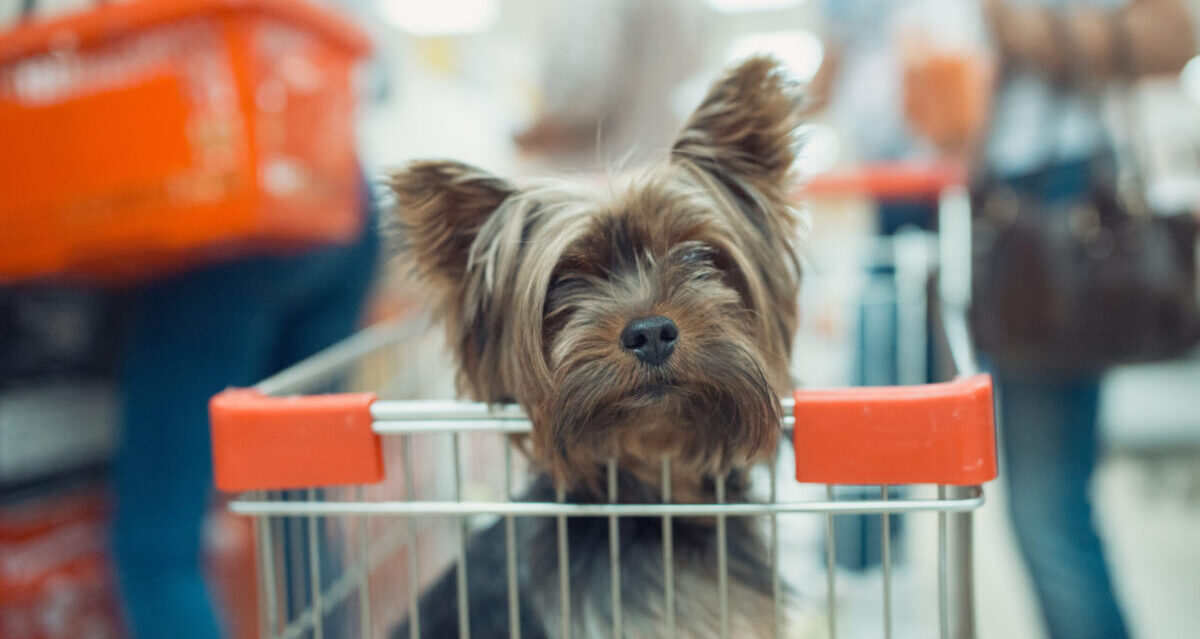
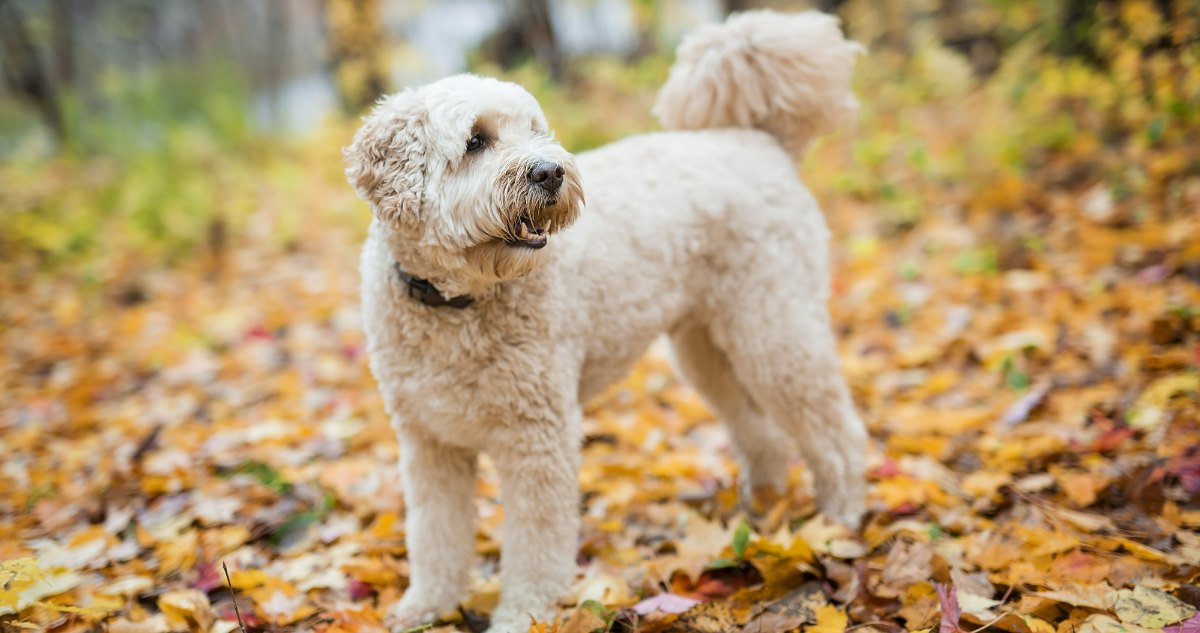


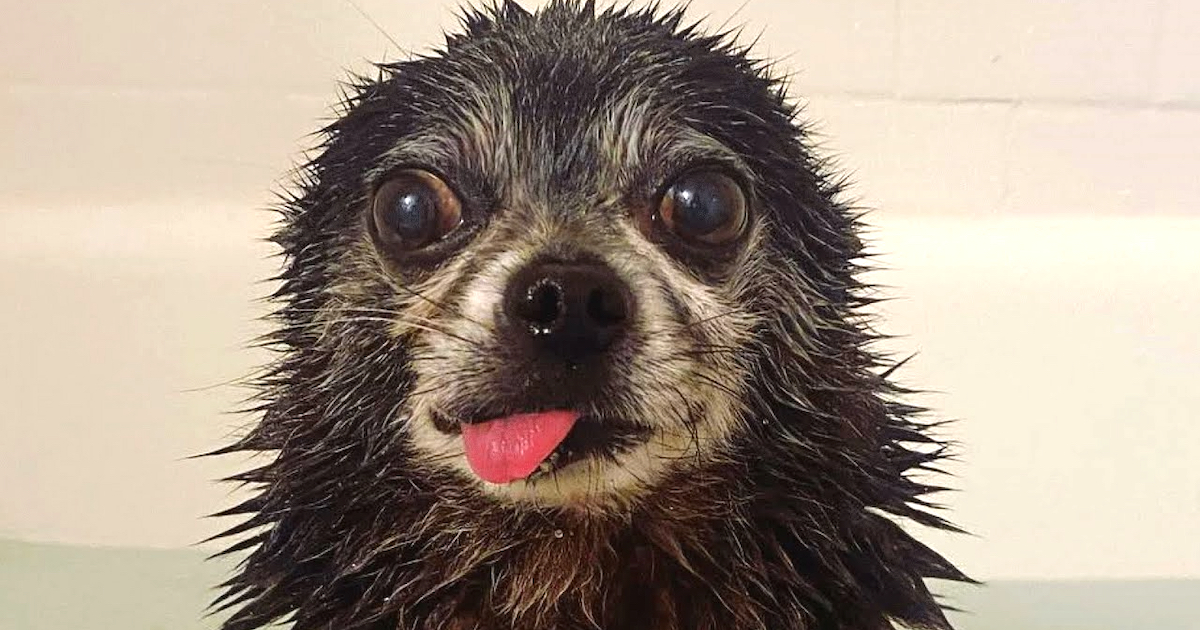

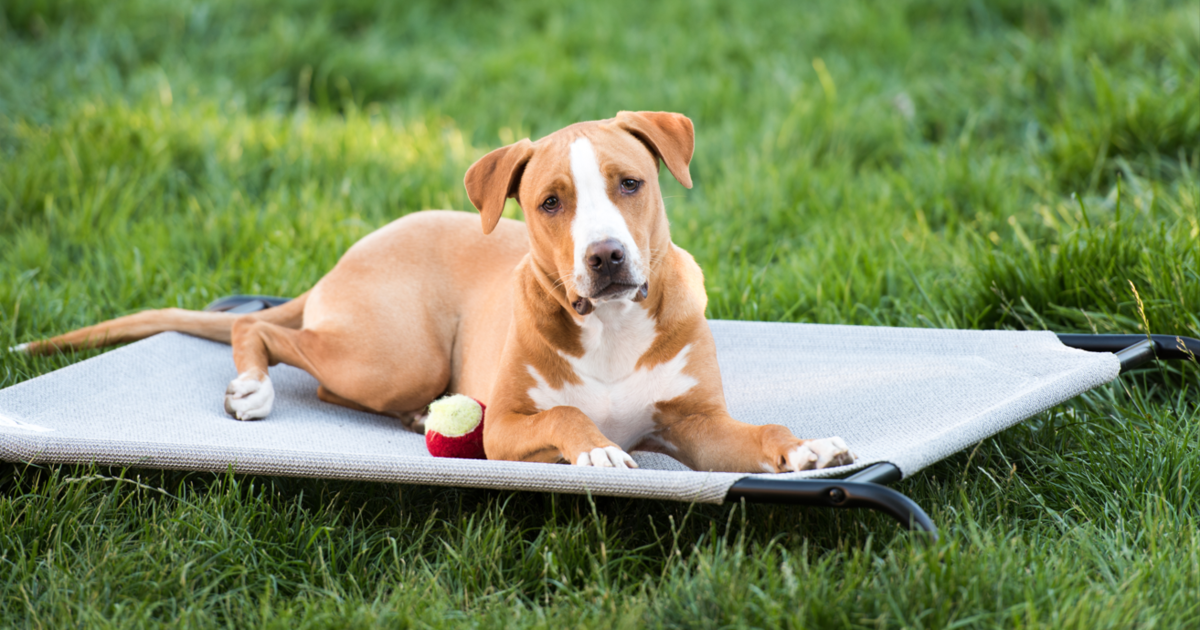
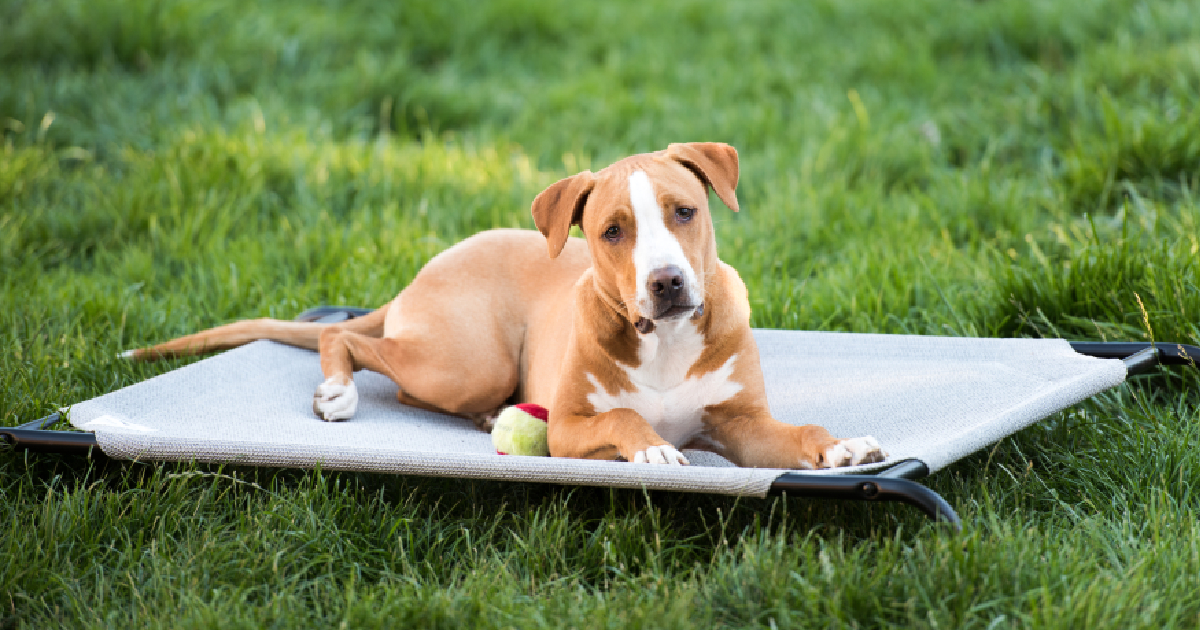
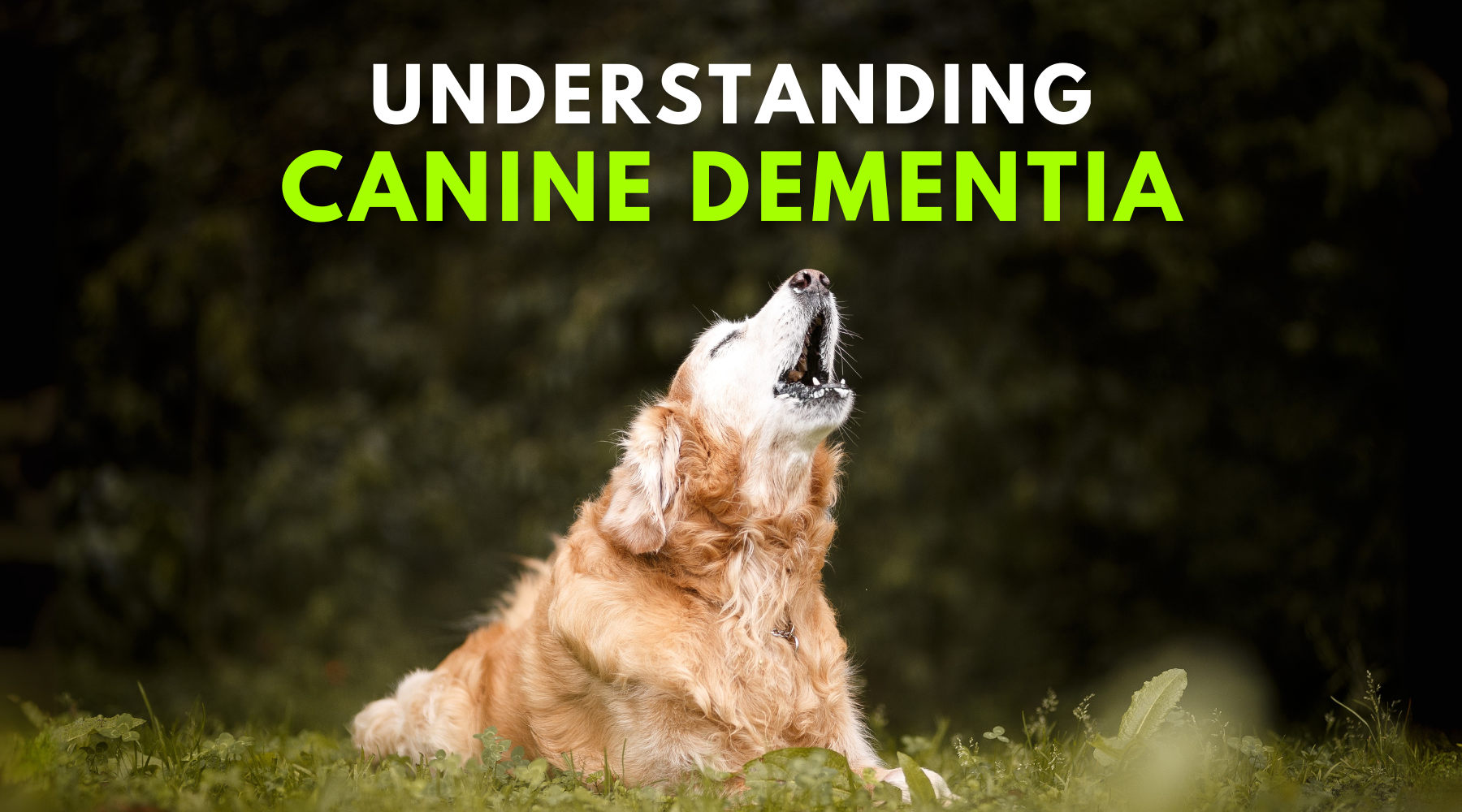

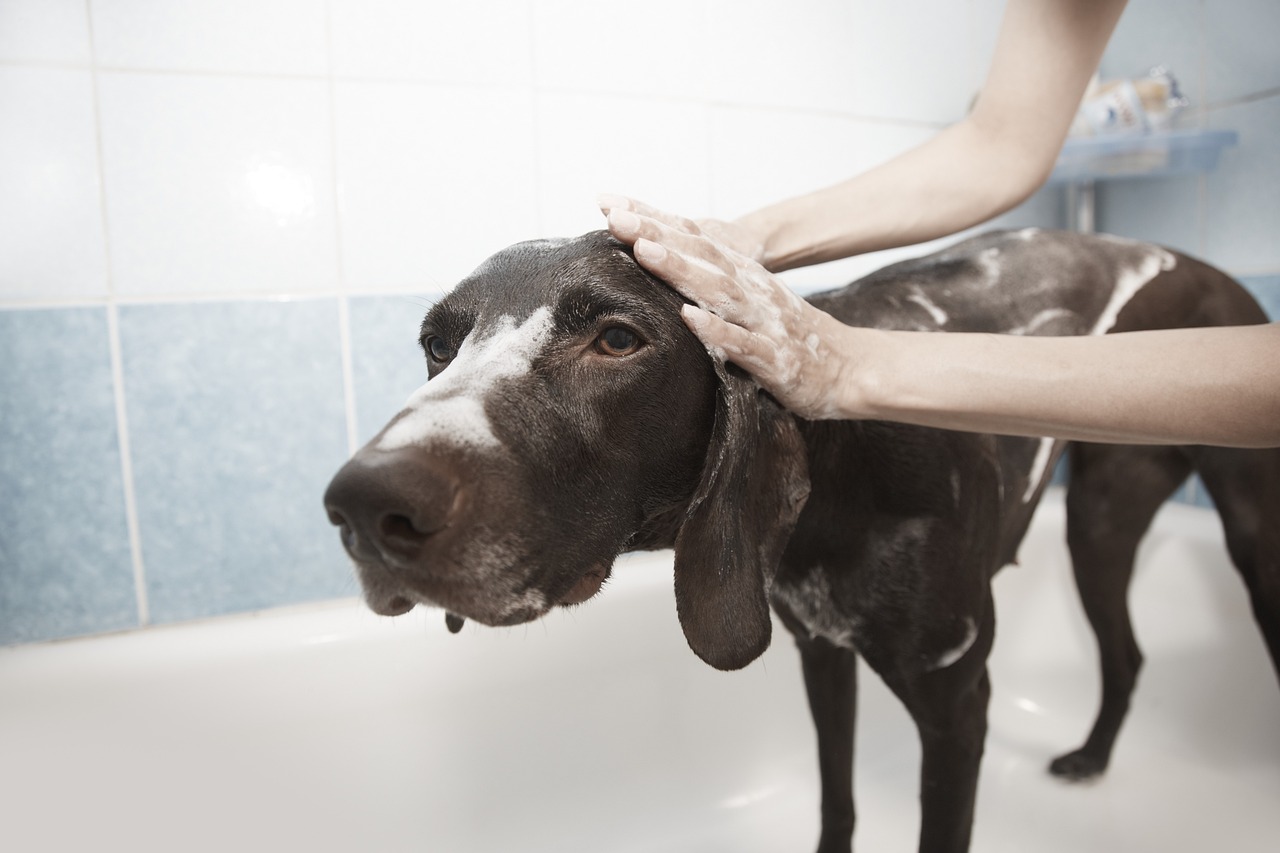



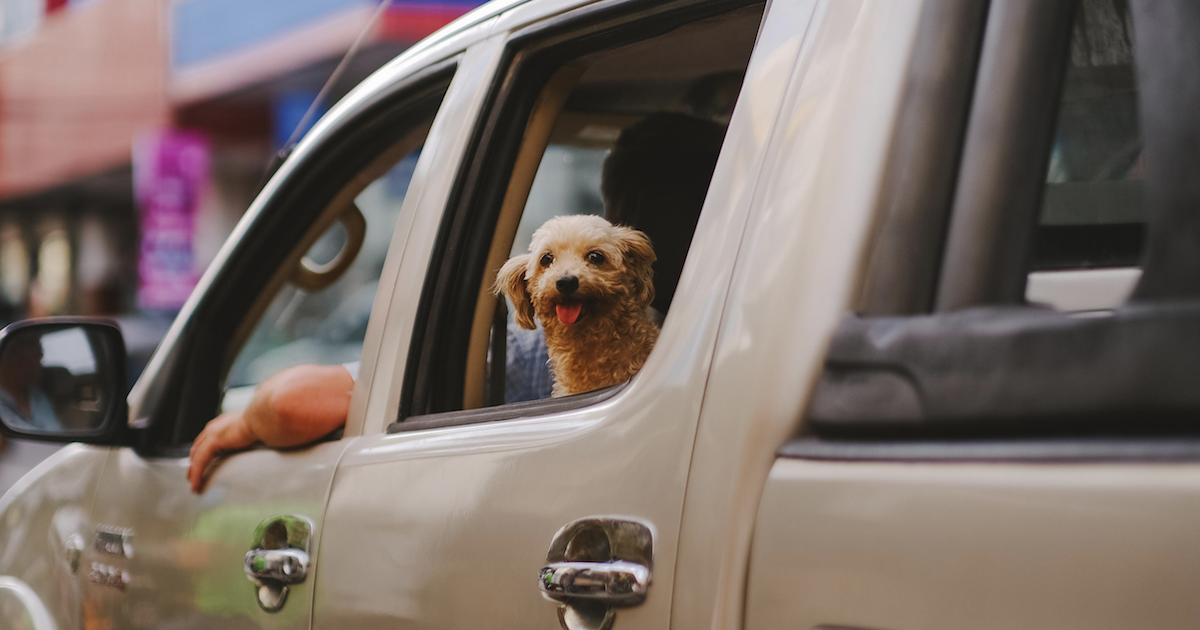


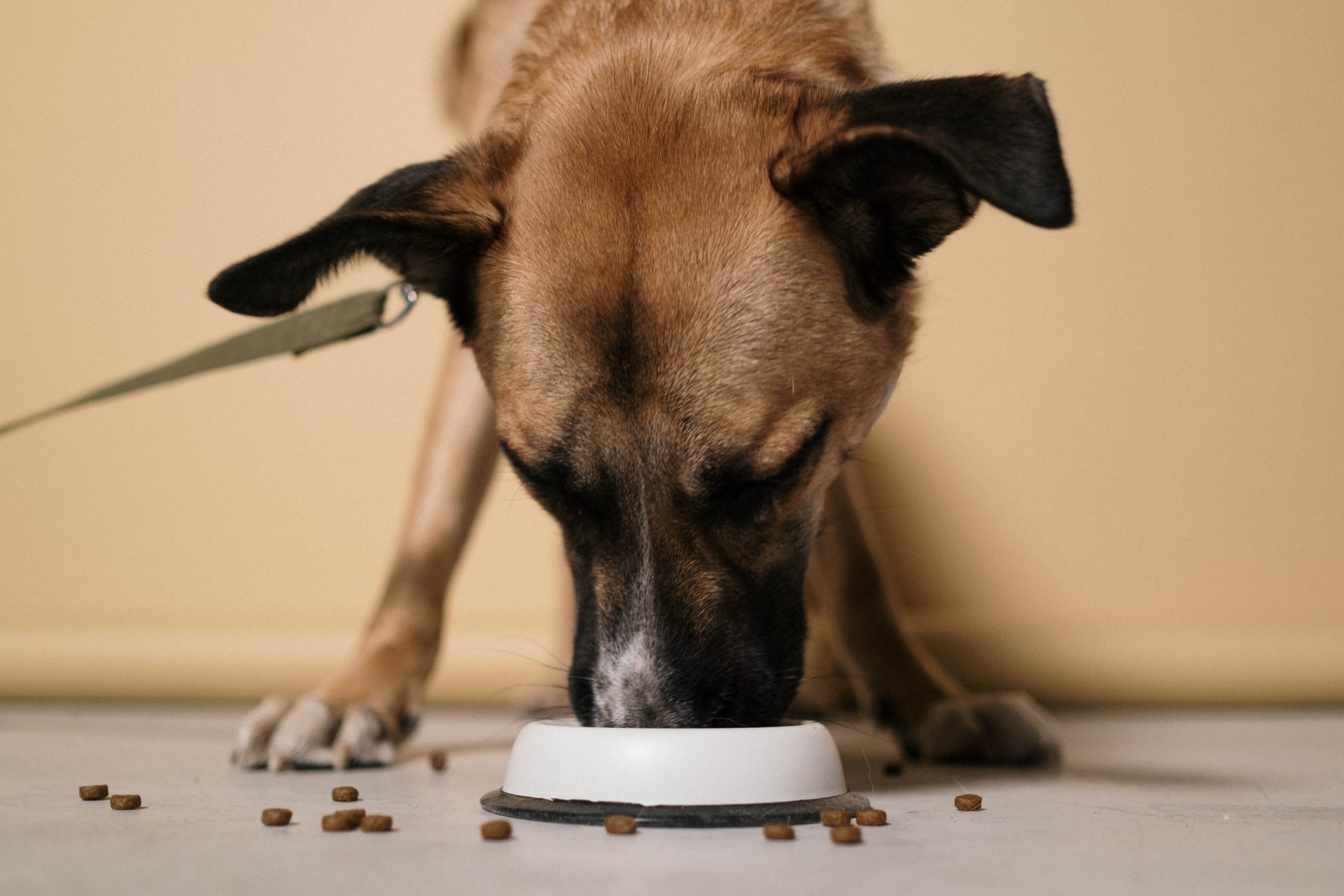
 English (US) ·
English (US) ·